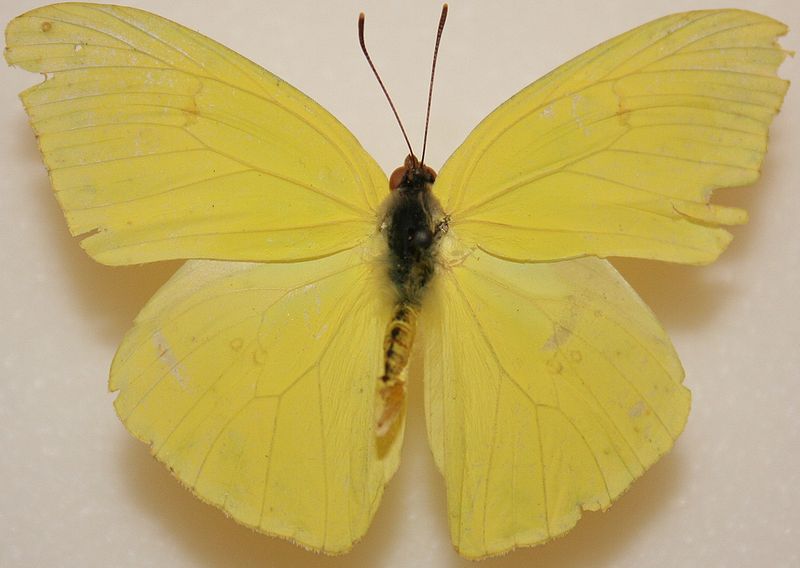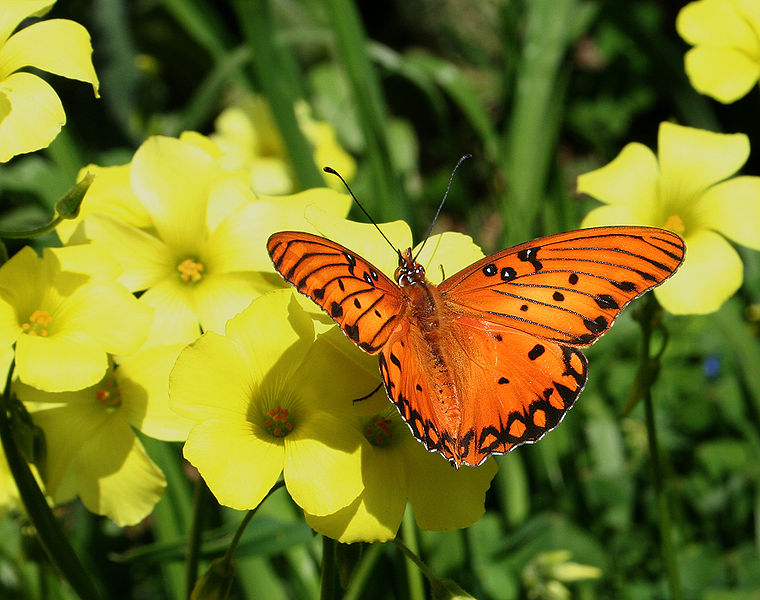Butterflies
Monarchs are not the only butterflies to migrate through our area this time of year.
Actually, there are two other species that are more visible and much more common.
The bright yellow butterflies are called cloudless sulfurs...

and the bright orange butterflies with silvery under-wings are called gulf fritillaries.

In the spring, southern populations of these two species breed prolifically and their offspring move northward breeding as they go. By late summer they can occur as far north as New York. These two species overwinter as adults, and so, in late fall, they fly southward to winter in the Deep South where they won't freeze. Cloudless sulfurs and gulf fritillaries are regularly seen in the Lowcountry through December and may be found throughout the winter if it is mild. If you want to have butterflies in your yard or property, think about having a wild corner where you allow host plants for butterflies to grow. Each species of butterfly has its own unique preferences for the plants on which it lays its eggs. The leaves of the host plant are the food for the rapidly growing caterpillars. For example, cloudless sulfurs lay their eggs on partridge pea and sicklepod (common roadside "weeds") whereas gulf fritillaries lay their eggs on passionflower vines.
To learn more about species of local butterflies go to http://149.168.1.196/nbnc/index.html.
To learn more about butterflies in general consider joining the Carolina Butterfly Society.
Tags: insects